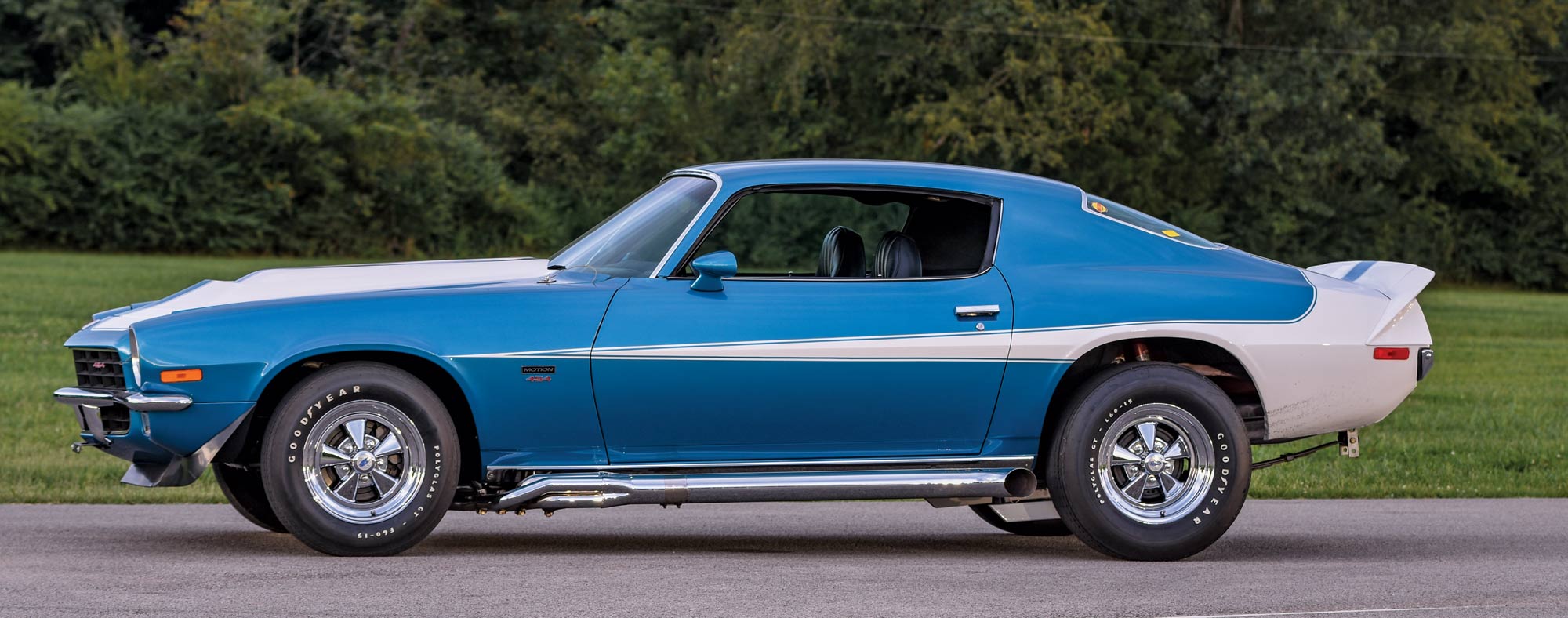
 Images by THE AUTHOR
Images by THE AUTHORetting a second chance with your first love is a rare occasion, but that’s exactly what happened with Scott McKendry and his 1972 Motion Phase III Camaro Z28. This incredibly rare machine perfectly embodies 1970s high-performance builds, and it’s restored to a high level with period-correct components. The nuts and bolts of this car are outstanding, but it’s the story behind it that’ll bring a smile to your face. Let’s get into it.
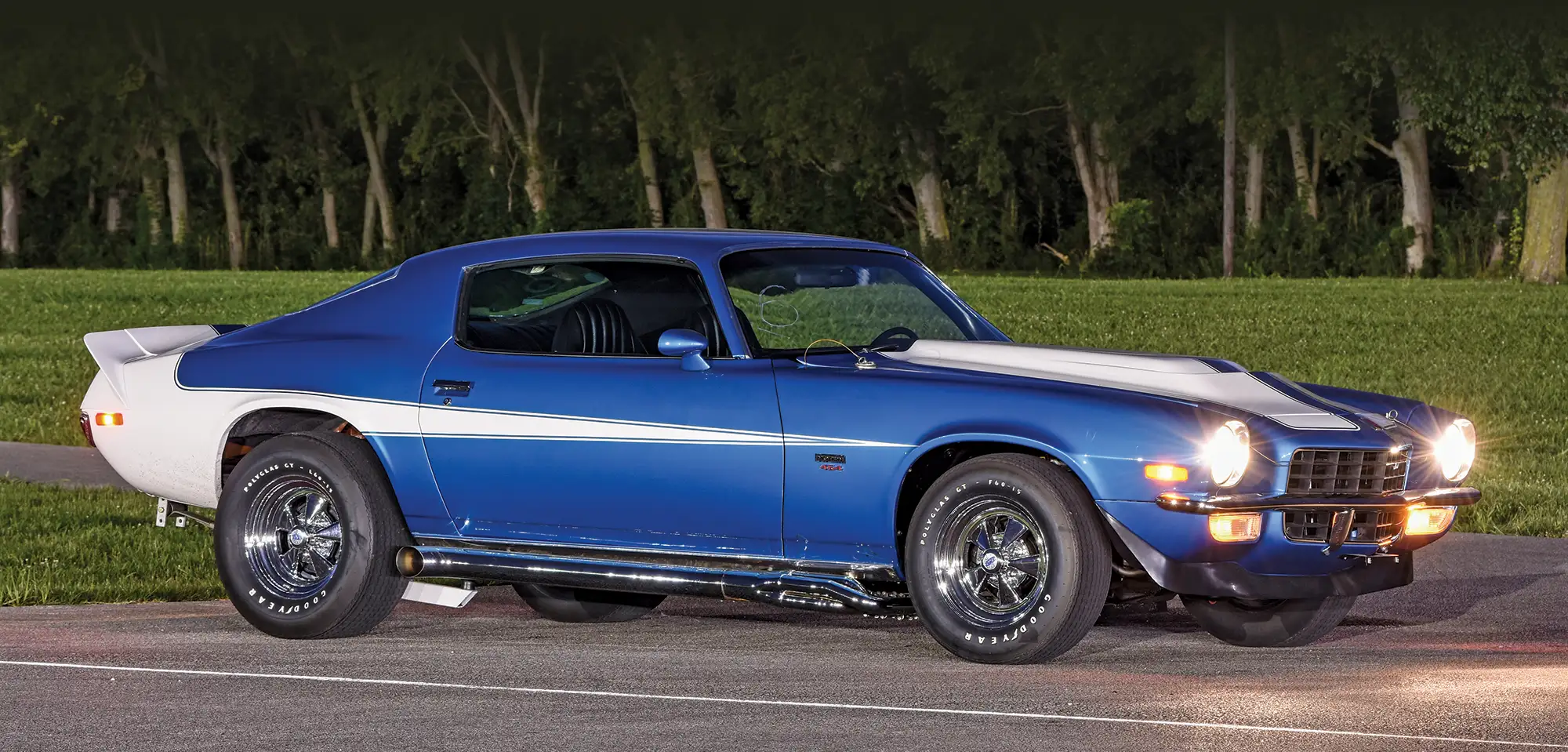
With no prior knowledge of Motion Performance or the wild creations from the New York–based company, the brothers assumed this was just a typical street machine that was stuck in the 1970s. Scott says, “I didn’t think Dad would want me to have a big-block hot rod for my first car, so I passed.” Despite missing out on the Camaro, he ultimately got his hands on a 1970 Oldsmobile 442 with W-30 engine, so he landed behind the wheel of a great muscle car.
When Scott and Chris looked at the Camaro, Chris wrote down all the codes and numbers from every visible location on the car. He had a Chevy decoding book, and it revealed that it was, in fact, an original Z28 car, thanks to the “L” engine code in the VIN. This code signified the use of Chevrolet’s most powerful engine option: a 255hp 350ci small-block. Altogether, Z28 production came out to only 2,575 units, a considerably rare and desirable car, but none of those production figures mattered because this car didn’t match its factory pedigree.
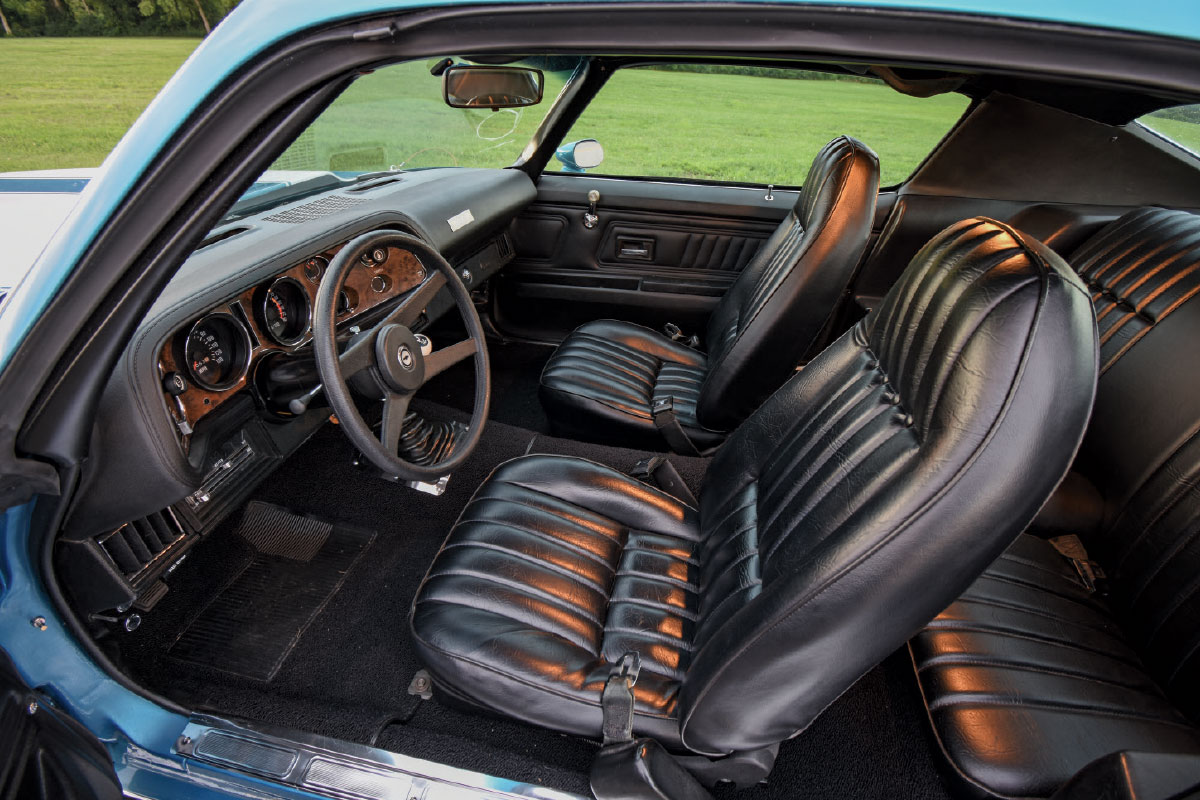

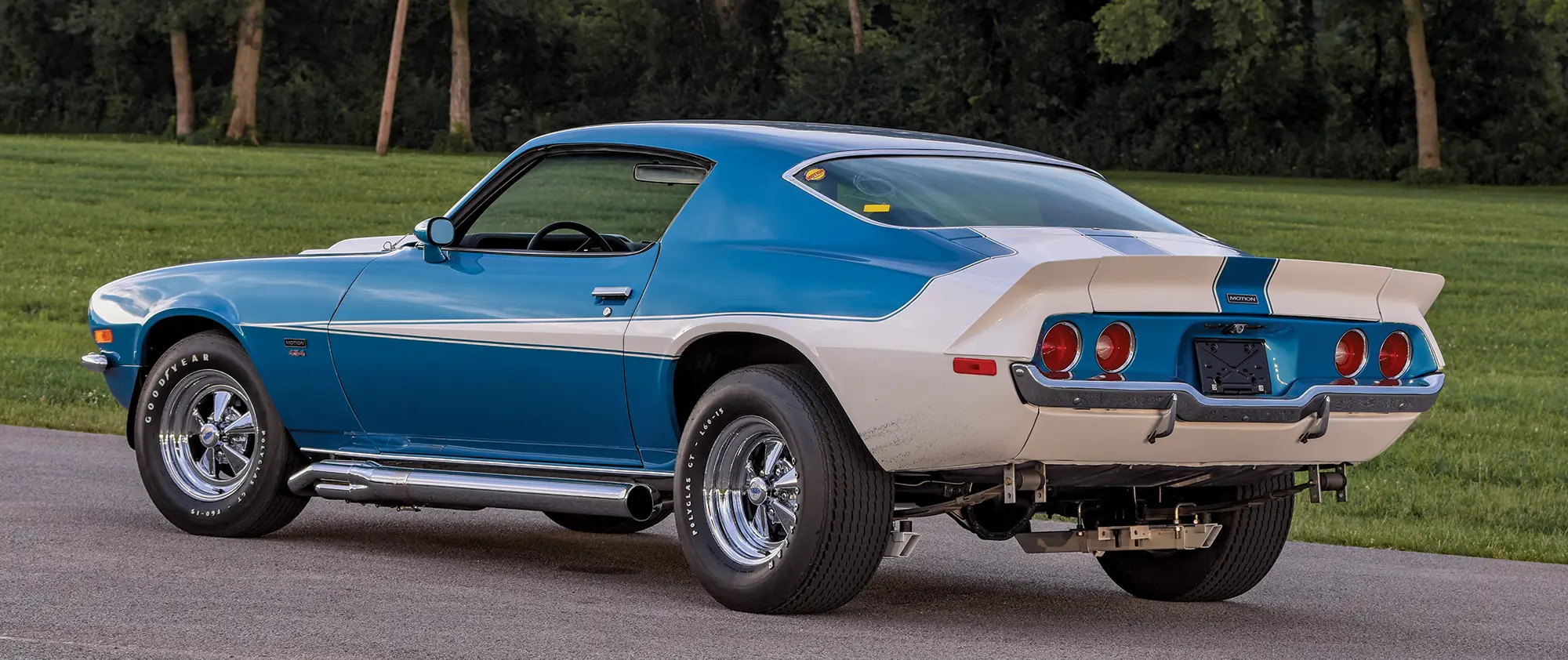
A good connection at the North Carolina DMV helped him track it down using the VIN, revealing that the car was last registered in 1985 and was still in North Carolina, presuming it hadn’t been scrapped, stolen, or sold without accurate paperwork. Miraculously, the car still existed, and he was able to buy it. From there, Scott dug even deeper to find the full history on the car and learn about its Motion Performance treatment.


The Camaro was upgraded to a TH400 automatic transmission with reverse manual valvebody and a 4.10:1-geared 12-bolt out back. Every Phase III car was guaranteed to run 11.0 or quicker in the quarter-mile, so these cars were aggressive by nature. Other period components include traction bars, Koni shocks, a Hurst auto stick shifter, Stewart-Warner gauges, and, of course, a set of Motion valve covers and Fly Eye air cleaner.
Scott spent the better part of 10 years researching and restoring his cherished Camaro. He stripped the car and repainted it using PPG materials in the original Mulsanne Blue with unique white stripes. This car featured a different Motion stripe design, as it starts with Z28 stripes and then flows into the typical pointed Motion side stripes. Typically, the Motion stripes started with a single stripe down the center of the car.
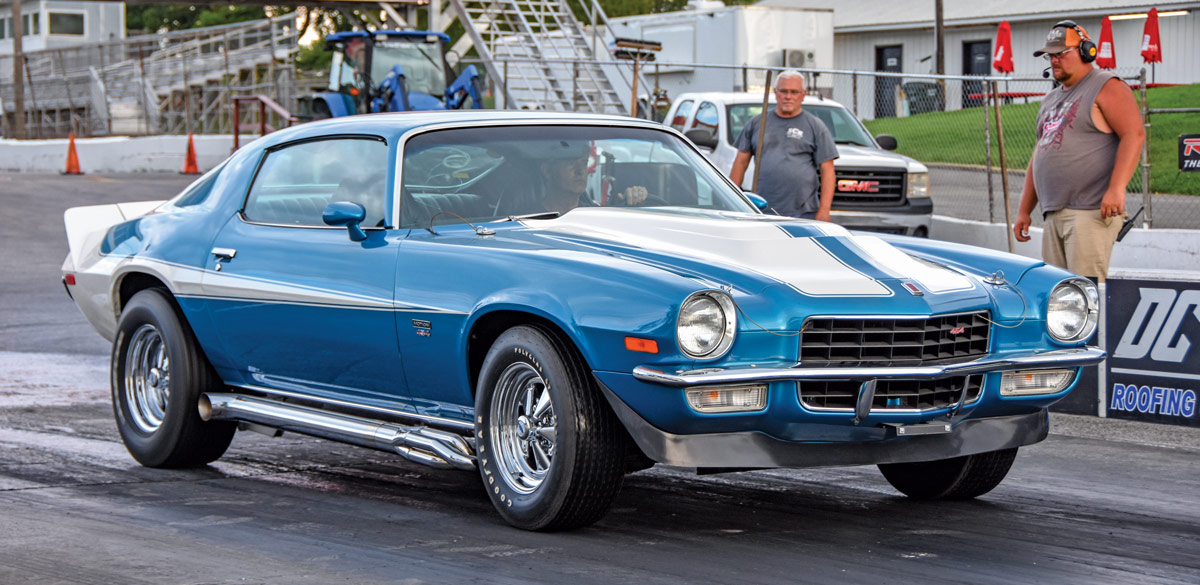
After a lengthy restoration, Scott has proudly displayed the car at many prestigious events, including the MCACN show in Chicago and the Super Car Reunion in Bowling Green, Kentucky. The car is well received wherever it goes, thanks to its excellent attention to detail and the historical accuracy. The car’s popularity grows even more as the story unfolds. It’s a story of second chances, good fortune, and an unforgettable car that came full circle.

Vehicle: 1972 Chevrolet Camaro Z28, Motion Phase III
Type: Big-block
Displacement: 454 ci
Compression Ratio: 12.5:1
Bore: 4.250 inches
Stroke: 4 inches
Rotating Assembly: GM crank and rods, dome pistons
Cylinder Heads: 1970 GM 074 castings, aluminum
Valvetrain: GM
Camshaft: Baldwin Phase III 0.580/0.610-inch lift, solid lifters
Assembly by: Steve Sloan Performance
Ignition: Stock distributor, Delta Mark Ten ignition box
Intake: Edelbrock TM2R Tarantula
Carburetor: Holley 850 cfm
Exhaust: Hooker side exit headers, muffler inserts by Rick Ford
Ancillaries: Motion valve covers, Fly Eye air cleaner, Accel yellow plug wires
Output: Estimated 575 hp
Transmission: TH400 with manual valvebody
Rear Axle: 12-bolt with GM Positraction and 4.10:1 gears
Front Suspension: Stock with Z28 1-inch sway bar and Koni shocks
Rear Suspension: Stock leaf springs with tall shackles and traction bars
Master Cylinder: Stock replacement
Wheels: Cragar S/S 15×7 and 15×8
Tires: Goodyear Polyglas GT F60-15 and L60-15
Seats: Stock bucket seats, reupholstered by Scott McKendry
Console: None
Shifter: Hurst Auto Stick
Instrumentation: Stock with Stewart-Warner auxiliary gauges
HVAC: None
Audio: Original
Paint: Mulsanne Blue with White stripes, PPG materials painted by Scott McKendry
Hood: Fiberglass lift-off L88
